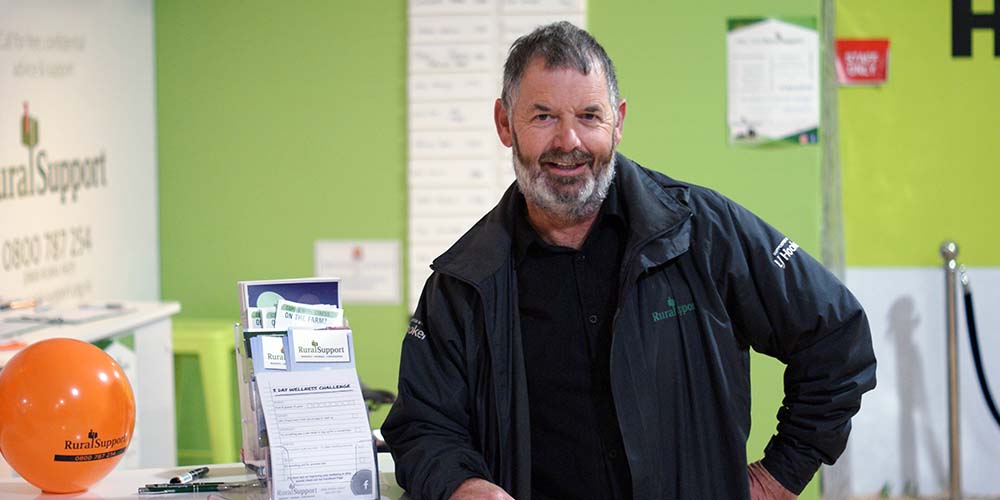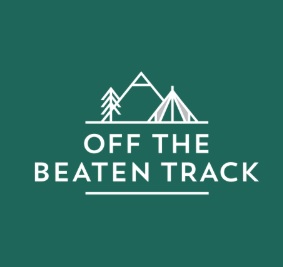This is our Dunkirk, we are not Napoleon at Waterloo! Fonterra’s still a winner!

The seeds of Fonterra’s problems lie in the mismatch of it’s capital structure and strategy, dairy farmer George Moss says!
The heading in the Farmers Weekly August 19, It’s a laughing stock, does neither the paper or the readers justice!
PULPIT: Fonterra farmers still well-off.
I have not seen any emotive comments about the fall of Fletcher Building shares from over $10 plus to $4 plus in the midst of New Zealand’s largest-ever building boom. No comment about the United States’ largest liquid milk company Dean Foods shares falling from US$21 to under US$1 or any of the other global dairy companies that have faced challenges, particularly those going into China.
There has been much written and spoken on the performance issues Fonterra has faced and is facing. Most of the commentary is emotive and laced with a few financial facts. No journalist yet, to my knowledge, has done a deep dive into the circumstances that led to the situation we find ourselves in.
The history of Fonterra’s challenges go right back to the initial capital structure proposal.
At the time Fonterra was under two enormous pressures – one to solve redemption risk and the other to get further up the value chain and closer to the end consumer.
Politicians, shareholding farmers and armchair critics were all baying for Fonterra to move away from its specialised commodity base.
Farmers were also pushing for dividends on their shares that, in their words, at least covered the cost of capital.
The first restructure proposal suggested a two-share model with the core co-operative in the nominal co-op share and the value-add part of the business in a second, investment, share that was openly tradable and had limited access to outside capital. It was a variation on the very successful Kerry model.
Critics argued farmer shareholders would ultimately sell their value-added shares and the gain would accrue to the investing, outside shareholders as did happen with Kerry. Only the farmers who chose to retain their investment shares participated in the huge gains over time.
The critics said Fonterra shareholders needed to own and control the entire business and with no chance of achieving the 75% threshold the proposal was dropped, in my view a massive mistake, which we are now paying for.
The board and council came back with Trading Among Farmers, which addressed the redemption risk alone and, after a very bruising and destructive debate, that proposal achieved the required threshold.
The board indicated to shareholders the capital structure was sorted for the foreseeable future.
Enter new chief executive Theo Spierings into a climate of immense pressure to get closer to consumers (value-add), maintain Fonterra’s global relevance and deliver cash returns on both the shares and to the listed Fonterra units.
He and the board embarked on the three Vs strategy, volume at value at velocity. The balance sheet was leveraged as acquisitions, including international milk pools, were made. With no ability to bring in further permanent capital to any real extent and an expectation from farmers and unit holders for dividends the rubber band was bound to get very tight.
Incidentally, this strategy is being emulated by our international competitors but from the top down.
No thought at the time was given by farmers, the Shareholders’ Council or by the board to the impacts any headwinds, either through politics offshore or poor choices, would have on the overstretched band. I have to bear some of that responsibility as a shareholder and ex councillor.
What farmers, shareholders, politicians and people forgot or did not understand is that true value-add consumer businesses suck cash at huge rates and continual reinvestment is required to maintain or grow a presence in a market.
A2 has been around for about 18 years and has yet to pay a dividend and rightly so.
Nestle, I believe, went decades before it paid a dividend. Xero and 42 South kept reinvesting their profits to grow the business. Nearly all value add businesses at some point go back to the market for more cash. Rational investors are very comfortable with companies continuing to invest the profits rather than pay dividends and few shares until recently ever got close to paying cost of capital in dividends.
To reiterate the point of how flawed our capital structure is, had the strategy been successful the Fonterra share and unit price would probably be in double digits now – the chief executive would have been deemed to have been good value but the farmers would be leaving the co-op to get value out of their bundled shares with the subsequent loss of milk.
Milk is the life blood of the co-ops stainless steel.
Ironically, the loss of milk could have been even more damaging.
Had the board said “We are not embarking on the three Vs type strategy. We are going to continue to specialise in and add value to ingredients, at which Fonterra is world class” critics, politicians and journalists like Hugh Stringleman would be arguing the board was spineless and the Government should intercede in this nation’s only truly international company of scale.
In short, the seeds of this hit started with the mismatch between our capital structure and our strategy. The same mismatch killed Westland. Any aspiring director there who advocated for a changed capital structure or unbundling of the milk price had no show.
The good news for Fonterra is we have an unbundled milk price, we have permanent capital, we have scale.
This is our Dunkirk, we are not Napoleon at Waterloo.
To use the analogy of Dunkirk further, we need to own the problem that we all collectively made from board to farmer, we need to stop looking for someone else to blame but most of all we need to believe in our co-op and back the board.
Fonterra farmers on average are still paid more than the available alternatives, even without a dividend, and make more money.
It has been painful but we are still in a business we should be proud of.
Who am I?
George Moss is a Waikato dairy farmer and former Fonterra Shareholders’ Council member. He is a DairyNZ ambassador.












Discussion